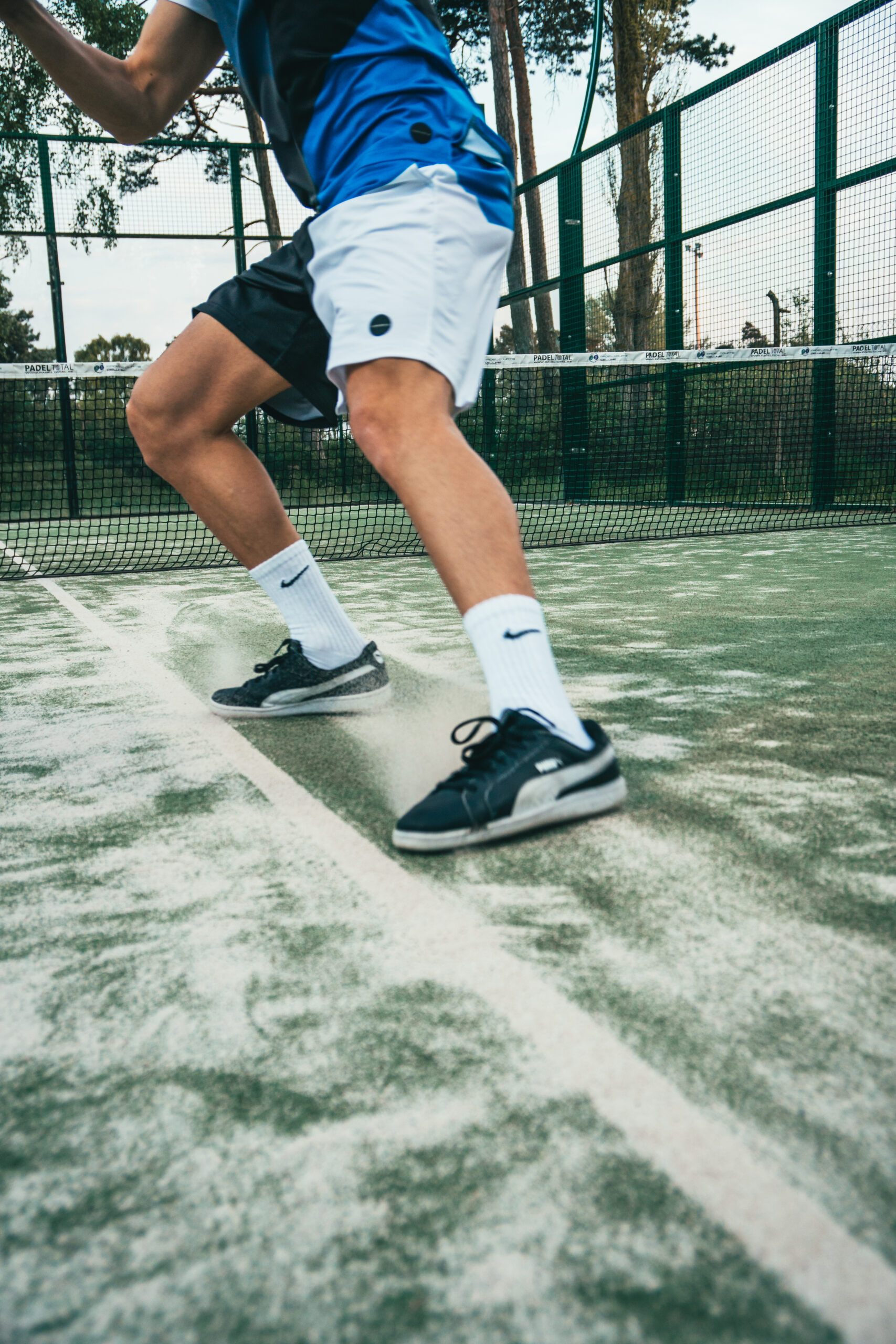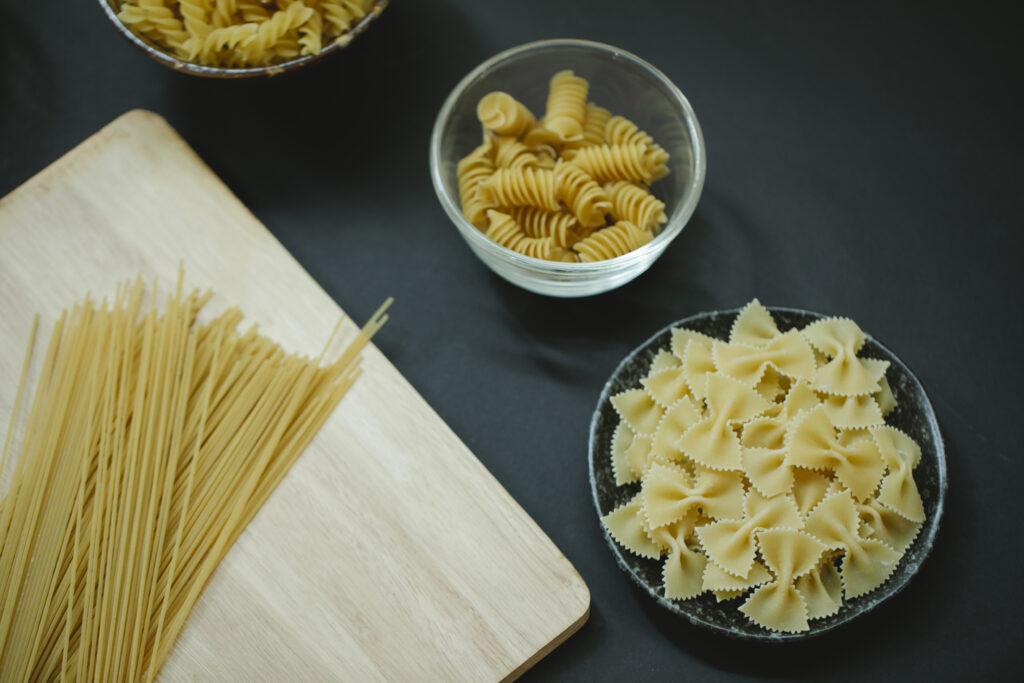Can tennis elbow be caused by other sports or activities?
Title: Can Tennis Elbow Be Caused by Other Sports or Activities?
Introduction:Tennis elbow, medically known as lateral epicondylitis, is a condition that commonly affects not just tennis players, but also individuals who engage in various sports and activities. Despite its name, tennis elbow can be caused by any repetitive motion that strains the tendons in the elbow. In this blog, we will explore whether tennis elbow can be caused by other sports or activities, and what measures can be taken to prevent and manage this condition.
Understanding Tennis Elbow:Tennis elbow occurs when the tendons connecting the forearm muscles to the outside of the elbow become inflamed or damaged. The repetitive gripping, twisting, or lifting motions involved in sports and activities can lead to overuse, resulting in the development of this condition.
Sports and Activities That Can Cause Tennis Elbow:While tennis is commonly associated with this condition, several other sports and activities can also contribute to the development of tennis elbow. These may include:
1. Golf: The repetitive swinging motion in golf can strain the tendons in the elbow, leading to tennis elbow. Golfers are particularly susceptible to this condition due to the continuous swinging of the club.
2. Weightlifting: Weightlifting exercises that involve repetitive gripping and lifting can put significant strain on the tendons in the forearm, potentially leading to tennis elbow.
3. Racquet Sports: Sports such as badminton and squash involve similar repetitive movements and gripping actions that can cause tennis elbow.
4. Baseball: Pitchers and outfielders in baseball often experience tennis elbow due to the repetitive throwing and swinging motions involved in the sport.
5. Carpentry and Painting: Occupations that require repetitive motions like hammering, screwing, or painting can also contribute to the development of tennis elbow.
Prevention and Management:Preventing tennis elbow involves taking necessary precautions to minimize strain on the tendons. Here are some measures you can take:
1. Warm-up and Stretching: Prior to engaging in any sport or activity, it is important to warm up adequately and perform specific stretches that target the forearm muscles.
2. Proper Technique: Ensuring correct form and technique during sports or activities can help reduce the risk of developing tennis elbow. Seek guidance from a coach or professional to ensure your movements are biomechanically sound.
3. Gradual Increase in Intensity: Avoid sudden increases in the intensity or duration of your sports or activities. Gradually build up your strength and endurance, giving your tendons enough time to adapt.
4. Equipment and Tools: Use equipment that is properly fitted and suited to your needs, providing good grip support and minimizing strain on the forearm muscles.
5. Rest and Recovery: If you start experiencing pain or discomfort in the elbow, take adequate rest and allow the affected tendons to heal. Applying ice and using over-the-counter pain relief creams can help alleviate symptoms.
6. Physical Therapy: If tennis elbow persists or worsens, consulting a physical therapist can be beneficial. They can provide targeted exercises and therapy to address the underlying issues and aid in the recovery process.
Conclusion:While tennis may have given its name to this condition, it is important to recognize that tennis elbow can be caused by various sports and activities that involve repetitive gripping, twisting, or lifting motions. By taking preventive measures and addressing symptoms early on, you can minimize the risk of developing tennis elbow or manage the condition effectively. Always listen to your body, and if symptoms persist, do not hesitate to seek medical advice.



